In any sailplane, spar construction is critical for ensuring the structural integrity of the wing and overall safety of the sailplane. The spar design for Concordia is pushing the limits of what is possible while adhering to the CS22 design criteria. The design of a 28 meter span sailplane with a very thin airfoil and narrow wing chord presents many challenges from a structural viewpoint. These challenges were met by first deciding to build the highly stressed spar flanges in a controlled environment at the Schleicher factory where quality control would be maximized. Waibel had worked for decades with the craftsmen at Schleicher and felt confident in their ability to build flanges to meet our design goals. Next the separation of the spar flanges had to be carefully controlled to take advantage of every millimeter of space available inside the wing. The shear web at the wing root between the wing pins was also going to be very critical given the limited space available inside the fuselage.
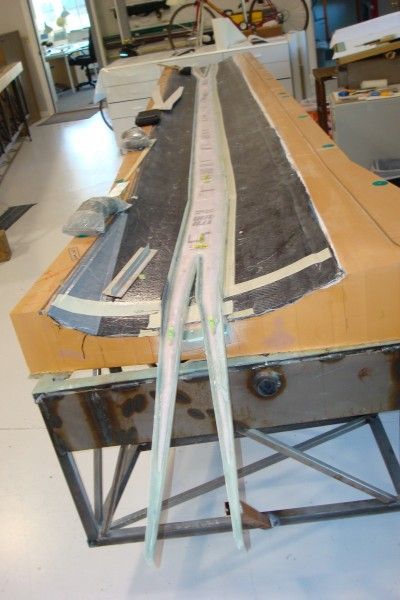
Molds were fabricated for each of the spar flanges inside the wing skins for each wing panel upper and lower surface. By building molds directly in the wing mold, the spar flange will fit directly to the wing skin with only a thin resin layer bonding the spar to the skin. This technique insures that maximum distance is achieved between the spar flanges, which is needed to satisfy structural criteria. The flange molds were shipped to Schleicher for fabrication of the flanges.
As is clear from this photo, there are a lot of spar flanges associated with a 28 meter sailplane wing. The flange molds are shown just before packing and sending to the Schleicher factory in Germany for fabrication of the spar flanges.
This is where the spar flange molds ended up, the Schleicher Sailplane factory in Poppenhausen Germany. The factory is located only a few km down the mountain from the world famous Wasserkuppe soaring site.
Many people were involved in supporting the Schleicher team in building the spar flanges. Gerhard and Joachim Feige are shown preparing the flange molds for the carbon rovings, which will later be placed in the molds. Joachim is an inactive glider pilot who nevertheless retains his enthusiasm for soaring. He made a 200 km round trip every day while he was helping build the Concordia. Joachim is a true friend, often sharing his lunch brought from his home with Gerhard and me when we were too busy to take a lunch break.
Schleicher was kind enough to let us use a corner of their wood shop for preparation of the flange molds. This shop is where many famous Schleicher wood sailplanes of years gone by had their beginnings.
Inspection of one of the first flanges is being conducted by Gerhard and Martin Heide in the foreground. The factory roving machine with spools of carbon is visible in the background. If you are flying a modern Schleicher sailplane, chances are it had its beginning somewhere in this room.
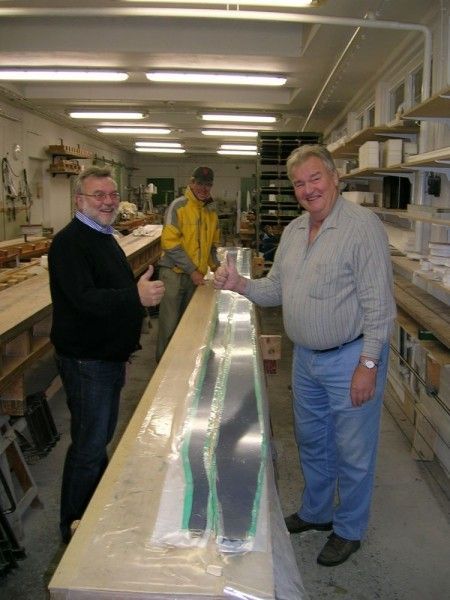
Gerhard and Karl Klossok give their signs of approval for one of the first spar flanges built. Karl traveled several hours from his home to Poppenhausen over a long weekend to help in building the spar flanges. Karl has been very generous over the years, loaning his beautiful ASW22BLE to several American Open Class team pilots to fly in international competitions in Europe. Karl not only provided support for the flange building but also spent an additional weekend later on helping Gerhard build the Concordia horizontal stabilizer. Karl is not only an outstanding competition pilot but his wife is a member of the German Women’s Soaring Team.
These are the real people who made the flange building possible. There were lots of engineering types around making noise, but this is where the rubber meets the road. These individuals worked the Concordia project in the evenings and on weekends so as not to disrupt Schleicher serial production. You couldn’t find a more dedicated group of individuals.
The Schleicher team moves a set of spar flanges back to the wood shop where they will be packaged for shipment back to the USA. A lot of famous sailplane designers are in this group.
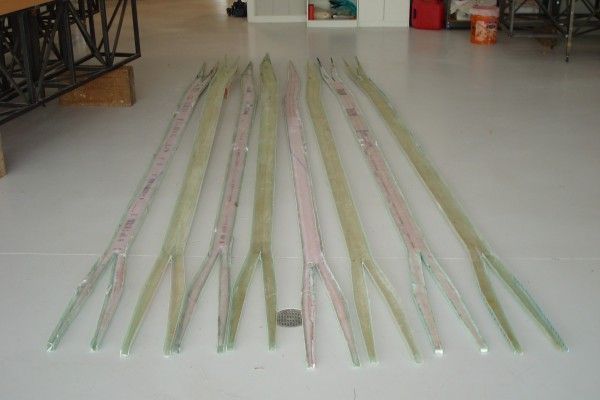
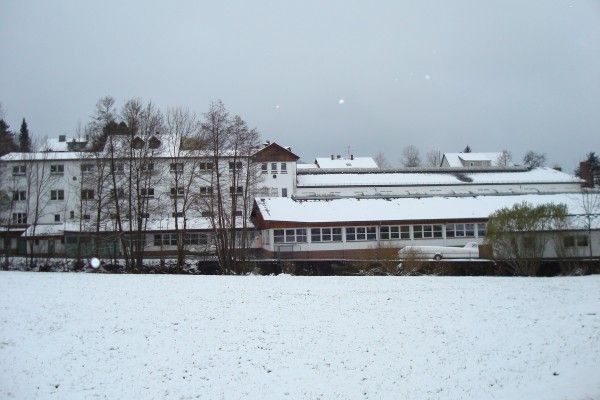
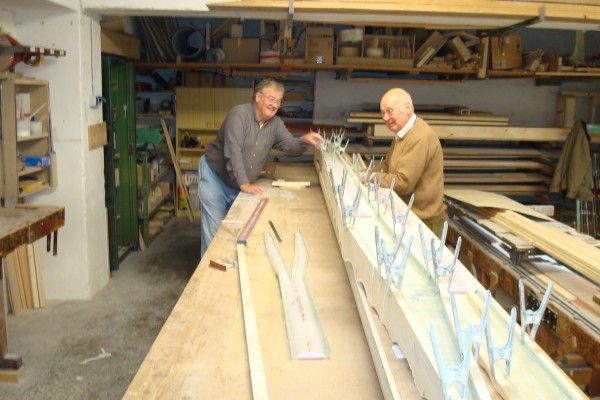
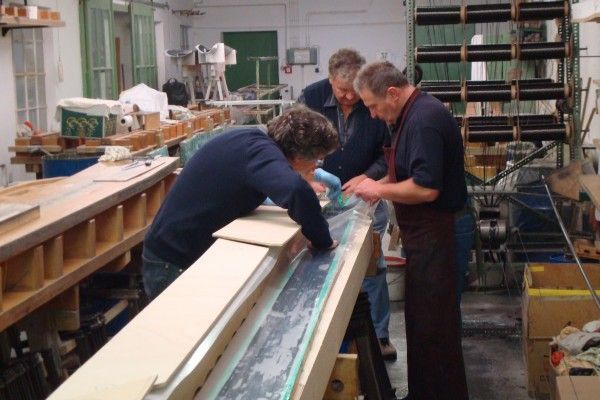

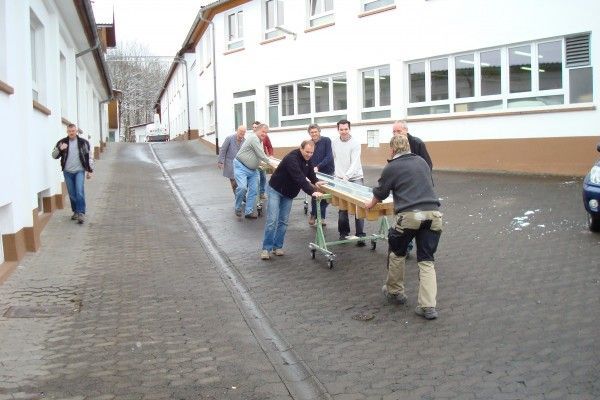
1 thought on “Building The Wing Spar Flanges”
Comments are closed.